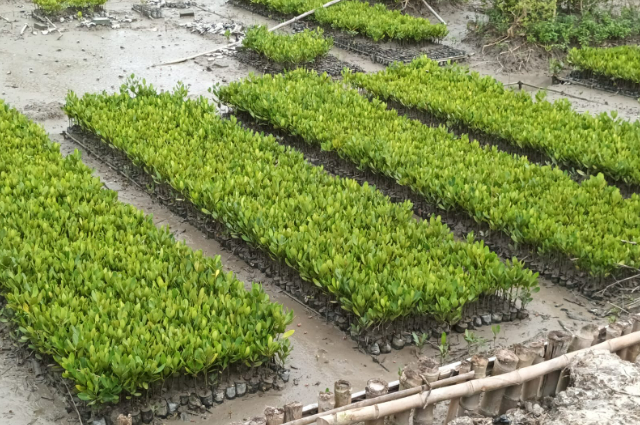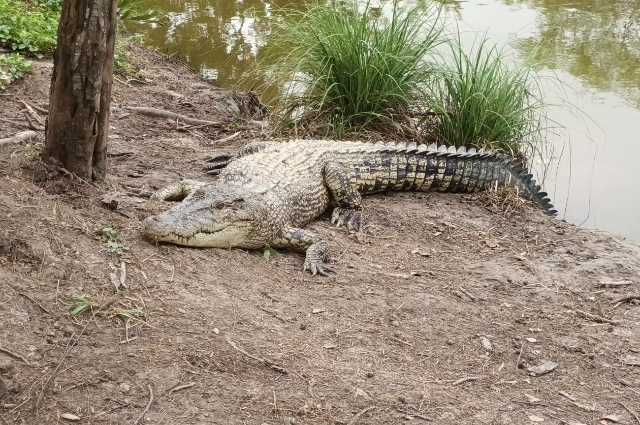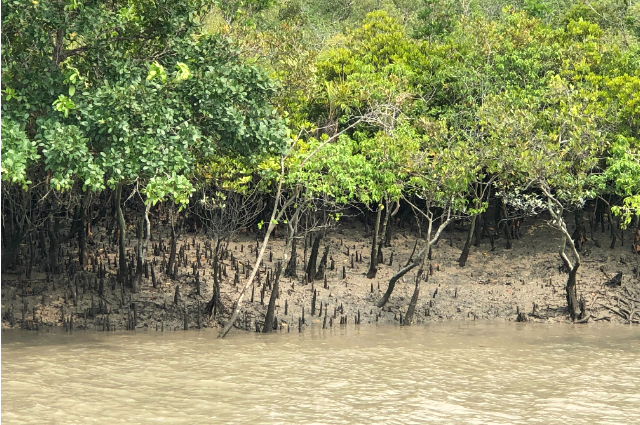
Our planet Earth is undergoing rapid transformation in terms of booming progress in science and technology, population explosion, political and economic instabilities, the rapid expansion of agriculture and industry, challenges of food security, rise in global geopolitical tensions, human and natural resources related conflicts, and wars. This has created waves of mass migrations of helpless refugees from one continent to another in search of a better life, social and economic insecurity, racial and religious intolerance, repeated incidents of devastating genocides and ethnic cleansing, riots, looting, arsenal, rape and molestations, lack of civic rights, armed conflicts and equally violent resistant movements. All the continents with the exception of the icy Antarctica have been entangled into this global crises.
There has been an alarming increase in the global loss of wildlife, forestry and biodiversity due to various natural and anthropogenic factors. Hence, it is important to raise the education and awareness for the effective and sustainable conservation of our natural resources. This is a highly specialized and less known branch of Life Sciences called Conservation Biology. It is important to mention that Conservation Biology is taught under a wide diversity of highly advanced modern science disciplines like Biology, Biological Sciences, Bimolecular Sciences, Biomedical Sciences, Environmental Sciences, Agricultural Sciences, Soil Sciences, Biotechnology, Zoology, Botany, Forestry, Ecology, Geology, various branches of Humanities and Social Sciences (Sociology, Anthropology, Archaeology, Museology, Economics, Geography, Philosophy, History, Political Science, Law, Public Affairs and Public Administration, Education, Tourism, Journalism and Mass Communication, Library and Information Sciences and Environmental Studies). It is indeed a very hot subject if demand among students, academics in researchers in several leading Western universities and research institutes as well as in many G7 and G20 nations representing both northern and southern hemispheres.
Due to extensive habitat destruction and habitat fragmentation, local wildlife is forced to move out of the forest habitats and are therefore unfortunately coming in close contact with their immediate human neighbours; resulting in serious human-animal conflicts with disastrous consequences. Not just primates; but this is happening with all other animals like lions, tigers, leopards, clouded leopards, snow leopards, elephants, bisons, rhinos, different species of deer and antelopes to mention only a handful species that include both numerous invertebrates (protozoans, poriferans, cnidarians, coelenterates, platyhelminths, nemathelminths, mollusks, echinoderms and arthropods); and vertebrates (fishes, reptiles, amphibians, birds and mammals).

Conservation biology helps in the process of captive breeding, and re-introduction to the wild for many vulnerable and endangered species. The discipline also involves the studies and research on the inter- and intracontinental, as well as the more common intra-and international transport or movements of target wildlife to protect them from the dangers of extinction; and provide them with better and safer foraging, breeding, nesting, hiding and hunting opportunities for successful breeding and rapid multiplication of different vulnerable, critical or highly endangered and vulnerable species of flora and fauna. Establishment of wildlife rescue and rehabilitation centres, both stationary and mobile wildlife veterinary treatment centres, nurseries for generating forest plant species, nature and wildlife interpretation centres, museums, different nature, forest, wildlife, biodiversity and conservation-related movie, documentary and photography display galleries, libraries, archives and information centres for disseminating knowledge regarding conservation needs m, successes and failures to public is an important dimension of the work of Conservation Biologists.
Conservation biologists include people from varied disciplines and training coming together to work on a common platform such as Life Sciences, Environmental Sciences, Agricultural Sciences, Soil Sciences, Social Sciences, Ecology, Forestry, Law, Education, Public Administration and Public Affairs, Journalism, Politics, Lawmakers, representatives of both government and non-government organizations, responsible tourists, wildlife enthusiasts, nature and wildlife movie and documentary makers; as well different wildlife and nature photographers and videographers, nature and social media activists and campaigners, artists, bloggers, YouTubers, educators, and responsible citizens representing both urban and rural communities, tribal communities, forest residents and forest fringe dwellers.

Nature has been an important but neglected area of research for a considerably long period of time. Our nature and ecosystems are an extremely sensitive, complex, dynamic and less understood system that needs deep understanding, appreciation and investigation to protect them from long-term negative anthropogenic terms. We are spending several billion dollars to explore the space and collect data from other lifeless planets, stars, asteroids and comets; yet we know very little about the highly rich and biodiverse tropical rainforests of Asia, Africa, Central and South America. We have very little information about how the polar ice is melting and what long-term impacts it may have for the planet to make it lifeless again. It is very much relevant and needed our existing education system around the planet is elevated from the grass root level and is successfully incorporated with positive messages and activism like that of the goals and objectives of Conservation Biology.
